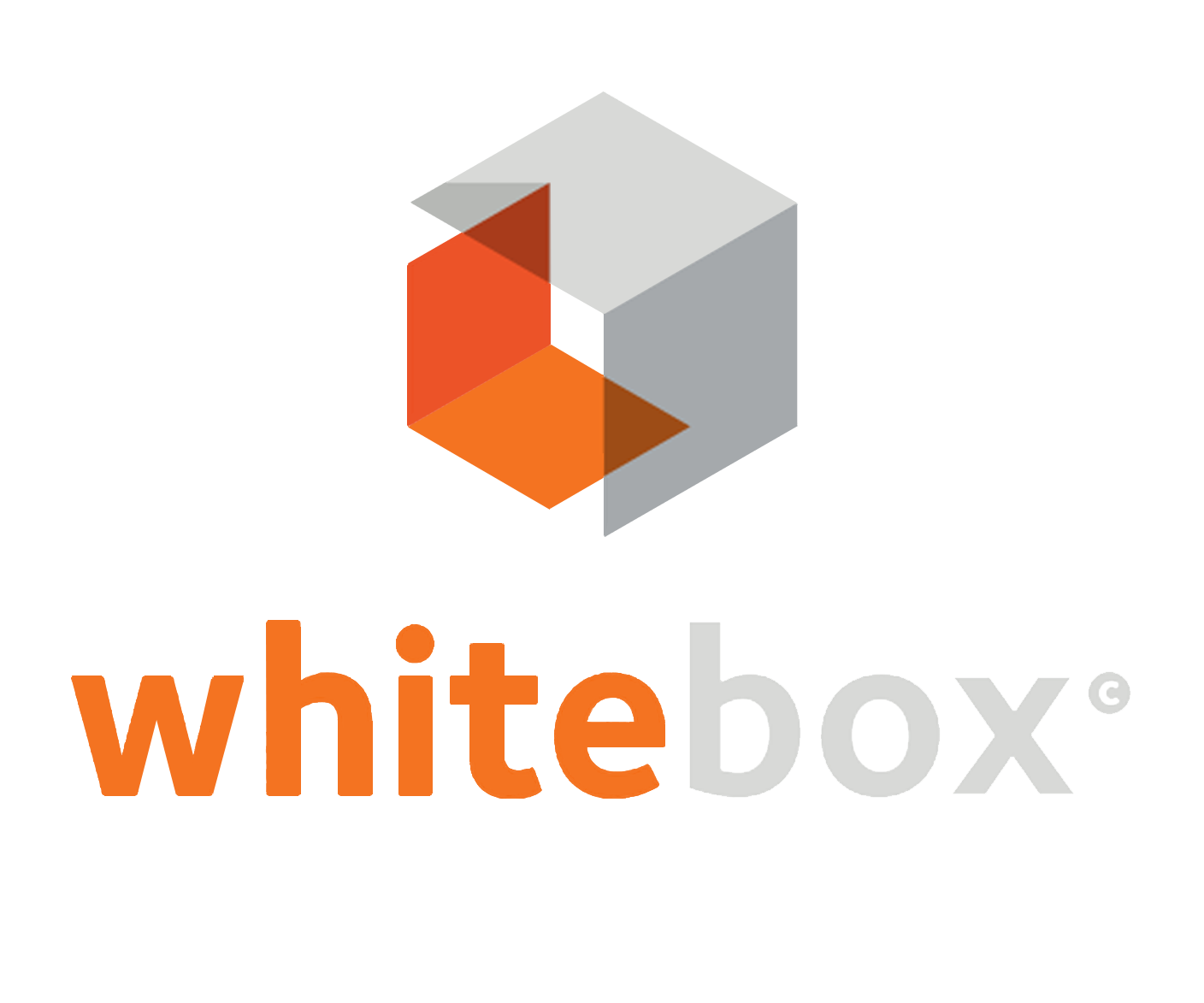The 5 finance reports every trades business owner needs
We've lost count of the number of tradespeople we’ve talked to who think their annual accounts give them enough financial information to run their business. The fact is your annual accounts are a historical snapshot of your business at a particular point in time. They don’t tell you about the future.
If you want to have a successful trades business, there are no two ways about it. You’ve got to become proficient at managing the finances. It’s either that, or crash and burn. Put simply you've got to be able to read and understand your financial dashboard.
What exactly is a financial dashboard?
Think about the dashboard in your van. It has a speedometer, a petrol gauge and an oil pressure gauge. These three instruments measure the vital signs of your van. They tell you how fast you’re going, how must fuel you’ve got left in the tank and the state of your engine. If any of these instruments were to break down (or you didn’t know how to read them) pretty soon you’d find yourself with a ticket for speeding, stalling or blowing a gasket.
A financial dashboard is just like the dashboard in your van, and is made up of these five reports:
Annual and monthly budget: This is kind of like a pre-programmed sat nav. It’s forward looking, projecting where you plan to go. If you don’t have a decent budget, you might as well forget starting a journey in your van.
Monthly profit and loss statement: Once you’ve started your trip, are you staying on course? A profit and loss statement tracks your performance against the budget.
Weekly cash flow forecast: Just like your annual accounts, your profit and loss statement is a lag measure. A rolling sixteen-week cash flow forecast gives you a vital lead measure. You take your opening cash balance, add your projected receipts, and deduct your projected payments. It functions just like sat nav, telling you what’s coming up, providing time for you to take another route if necessary.
Profit and loss forecast: This is another important lead measure. A profit and loss forecast creates a forward-looking picture of your income and expenses. What’s great about a profit and loss forecast is you can play with different scenarios and see how they’ll impact the year.
Balance sheet: Your balance sheet captures the overall health and financial strength of your business, telling you its net worth, what money you owe to your creditors and how much you are owed.
These five reports work together like the dashboard in your van. They help you to plan for the future growth of your business. Of these five reports, we’ve found the cash flow forecast to be the most helpful when it comes to tactical decision making. So much so that we make a point of updating our cash flow forecast every Monday morning to ensure that we’re maintaining our cash levels.
These are the 5 financial reports we check routinely at Whitebox. Do you use any of these reports? Let us know in the comments box below.

